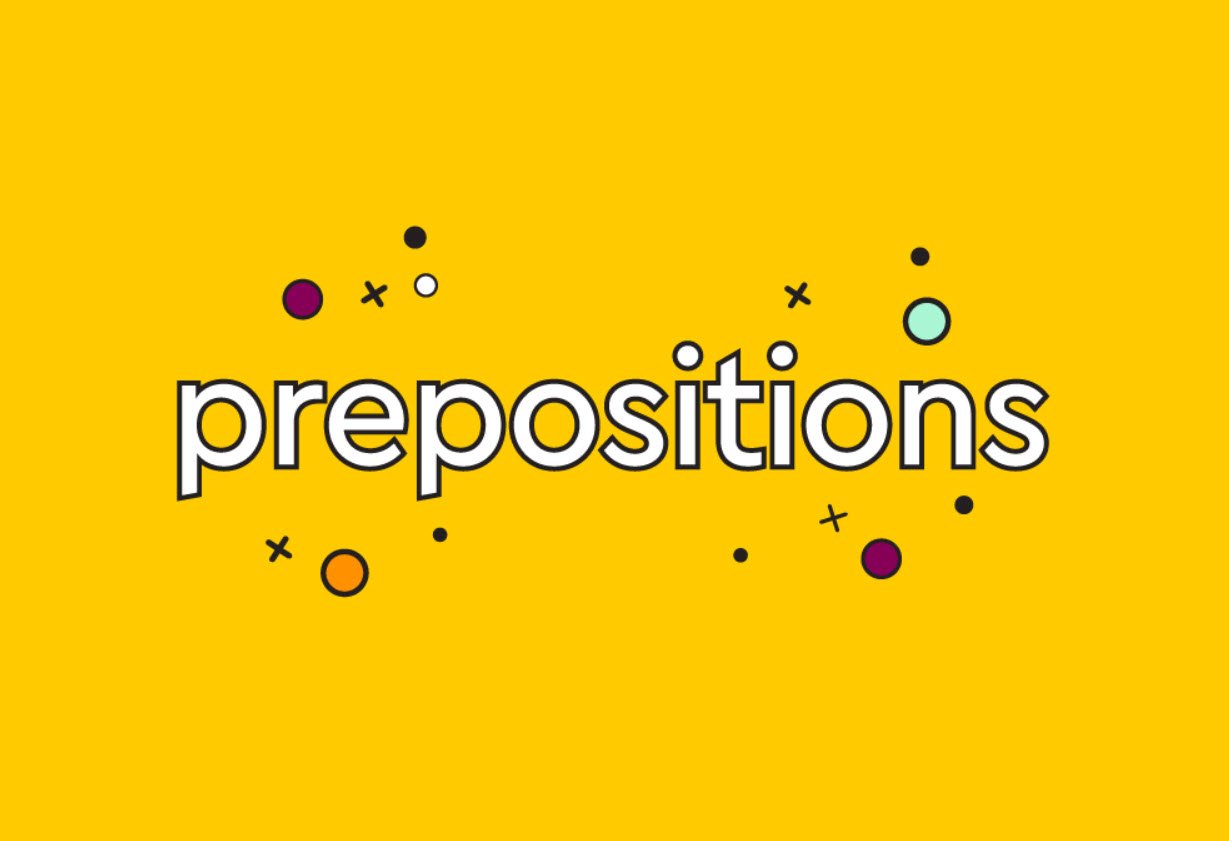
The TOEIC (Test of English for International Communication) is an English language proficiency test designed to assess the English language skills of non-native speakers in a business or professional context. The test is widely used by organizations around the world to evaluate the English language skills of job candidates, employees, and students.
The TOEIC test consists of two parts: the TOEIC Listening and Reading Test and the TOEIC Speaking and Writing Test. The TOEIC Listening and Reading Test is a paper-and-pencil test that consists of multiple-choice questions, while the TOEIC Speaking and Writing Test is a computer-based test that consists of spoken and written responses to prompts.
The test is designed to measure a wide range of English language skills, including listening comprehension, reading comprehension, speaking ability, and writing ability. Overall, the TOEIC is a widely recognized and respected English language proficiency test that is used by organizations around the world to evaluate the English language skills of non-native speakers.
Q&A Topic: Auditing
Auditing is the process of examining and verifying the accuracy and completeness of a company’s financial records and operations. The main goal of auditing is to provide an independent and objective assessment of a company’s financial statements, management practices, and internal controls to ensure that they comply with generally accepted accounting principles and laws.
Auditing helps to detect and prevent financial fraud, ensure that the company’s financial reports are accurate, and provide stakeholders with confidence in the financial health of the organization. Audits can be performed by internal auditors within the company, or by external auditors from a third-party accounting firm.
The scope and extent of an audit depends on the size and complexity of the organization being audited, and may include an examination of the company’s financial records, procedures, and operations.
Here are some questions that can help you to clear the TOEIC exam:
Q1 The purpose of an audit is to gather and evaluate evidence in order to form an opinion on the _____________ of a company’s financial statements.
(a) rationality
(b) realization
(c) reliability
(d) responsibility
Answer: (c) reliability
Q2 The audit _____________ is usually no more than a page in length and is attached to the financial statements.
(a) report
(b) response
(c) result
(d) review
Answer: (a) report
Q3 Auditors are not responsible for the _____________ of the financial statements of an company.
(a) evaluation
(b) examination
(c) position
(d) preparation
Answer: (d) preparation
Q4 In the financial statements, the company implicitly states that all items, account balances and transactions are _____________ valid, complete and accurate.
(a) essentially
(b) generally
(c) materially
(d) precisely
Answer: (c) materially
Q5 An error in _____________ is committed when the financial statements include an item that should not be included.
(a) accuracy
(b) auditing
(c) completeness
(d) validity
Answer: (d) validity
Q6 An error in _____________ is committed when the financial statements do not include an item which should be included.
(a) accuracy
(b) auditing
(c) completeness
(d) validity
Answer: (c) completeness
Q7 An error in _____________ is committed when the financial statements include incorrect information about an item that should be included.
(a) accuracy
(b) auditing
(c) completeness
(d) validity
Answer: (a) accuracy
Q8 One of the principal goals of the auditor is to add _____________ to this assertion.
(a) credentials
(b) credibility
(c) creditworthiness
(d) credulity
Answer: (b) credibility
Q9 Audit risk is the risk that the auditor expresses an inappropriate audit opinion when the financial statements are significantly _____________.
(a) misstated
(b) overstated
(c) restated
(d) understated
Answer: (a) misstated
Q10 In addition to the financial statements, the auditor also examines the company’s internal _____________ procedures for effectiveness.
(a) coherence
(b) command
(c) control
(d) correspondence
Answer: (c) control
You may also like:- 200 Essential Questions for Practicing One-Word Prepositions (With Answers)
- Understanding Nouns – The Five Types and Their Uses
- Top 9 Essential Tips To Help You Speak Clearly and Confidently
- Commonly Confused Words – A Guide to Clarifying Misused Terms
- Similar Words with Different Meanings – A Guide to Avoiding Common Confusion
- Learning French Nouns in Foreign Language Training
- How to Understand Basic Spanish – A Beginner’s Guide
- An Idiomatic Approach to Workplace Language – Solve the Exercise
- Mastering Prepositions – Practical Sentence Completion Exercise
- Mastering Common UK Abbreviations – A Practical Exercise








